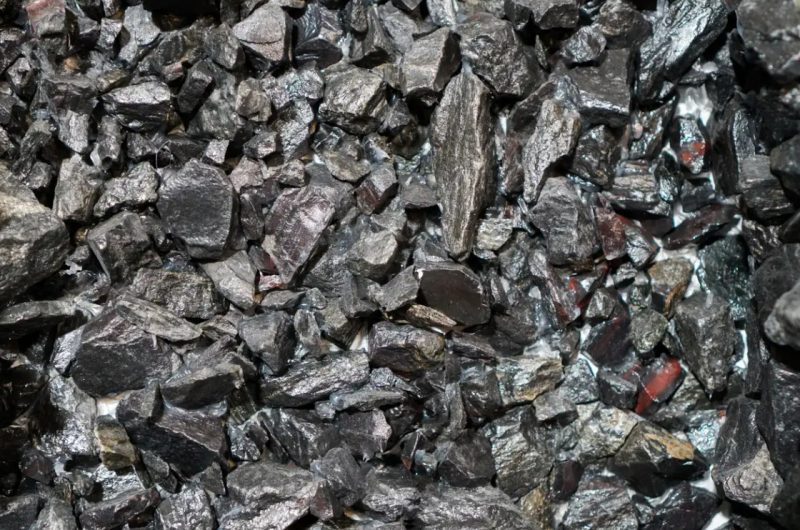
The Declining Quality of Iron Ore: A Challenge for Green Steel
Iron ore quality has been steadily declining, with major producers such as Rio Tinto and BHP reporting the first downgrade in their prized Pilbara Blend Fines in over two decades. The iron content has dropped from 62% to 60.8%, signaling a broader trend affecting the entire industry. This shift is primarily driven by the depletion of high-grade ore seams, forcing miners to extract from older, deeper deposits that are more challenging to manage and refine. These changes come at a time when the global steel industry is facing mounting pressures to meet both supply and environmental targets.
While the drop in iron content is a significant concern, it’s the rising levels of impurities—such as silica, alumina, and phosphorus—that add complexity to the problem. Silica and alumina force blast furnaces to operate less efficiently, leading to higher operational costs. Phosphorus, on the other hand, can negatively impact the quality of steel, particularly for applications that require high strength, such as automotive parts. As demand for lighter and stronger materials grows, the presence of phosphorus becomes an increasing limitation for steelmakers.
The Realities of Green Steel and Premium Iron Ore
The shift in iron ore quality is especially challenging as the industry moves towards decarbonization. Premium-grade ore, which is crucial for green steel production, has become more in demand. Hydrogen-based Direct Reduced Iron (DRI) production—one of the most promising methods for green steel—requires ore with over 67% iron content and minimal impurities. Unfortunately, only a small fraction of today’s iron ore meets these stringent requirements, with major suppliers located in Brazil, Canada, and Sweden providing most of the world’s DR-grade ore.
This global supply of premium ore is extremely limited, and projections suggest demand could double by 2035, creating a potential bottleneck for the green steel sector. The rising price of premium iron ore puts additional pressure on the industry, making it harder for manufacturers to balance cost constraints with their sustainability goals. This tight supply may hinder the timely achievement of emission reduction targets in the steel industry, making the transition to green steel more complex and expensive.
Steel Mills Adapt to Changing Ore Quality
To adapt to the decline in iron ore quality, steel mills—particularly in China—have developed strategies to blend lower-grade ores with higher-quality domestic concentrates. This allows steelmakers to maintain product specifications while managing costs. However, this blending technique is not without challenges. Steelmakers must invest in sophisticated logistics, inventory management, and quality control to find the right mix of raw materials.
As steel margins tighten, mills have increasingly prioritized cost over quality, sometimes opting to use cheaper coal to offset the inefficiencies introduced by processing lower-grade ores. However, this approach also results in higher carbon emissions, complicating the industry’s efforts to decarbonize. It underscores a critical dilemma: as the steel industry pushes for sustainability, the decline in ore quality may slow down the pace of transformation.
Transparency and Innovation for a Sustainable Future
To reflect the evolving iron ore market, new benchmarks are emerging that better capture the reality of today’s iron ore quality. These updated standards account for higher impurities and lower iron content, providing more accurate data for governments, investors, and traders. By moving away from outdated assumptions, these new benchmarks support greater transparency and allow stakeholders to make more informed decisions.
Despite these challenges, the steel industry has an opportunity to innovate through technological advancements. Investment in beneficiation technology, which improves the quality of lower-grade ores, will be essential to meeting future demand for high-grade iron ore. However, this process comes with environmental trade-offs, as it requires significant water, energy, and waste management.
SuperMetalPrice Commentary:
The decline in iron ore quality presents both a challenge and an opportunity for the global steel industry. As steelmakers navigate tighter margins and increasing demand for green steel, they must innovate in both technology and supply chain management. The push for higher-quality iron ore, combined with the pressure to decarbonize, will shape the future of the industry. Companies that can balance cost-efficiency with environmental responsibility will be well-positioned to lead in an increasingly competitive and sustainable market.





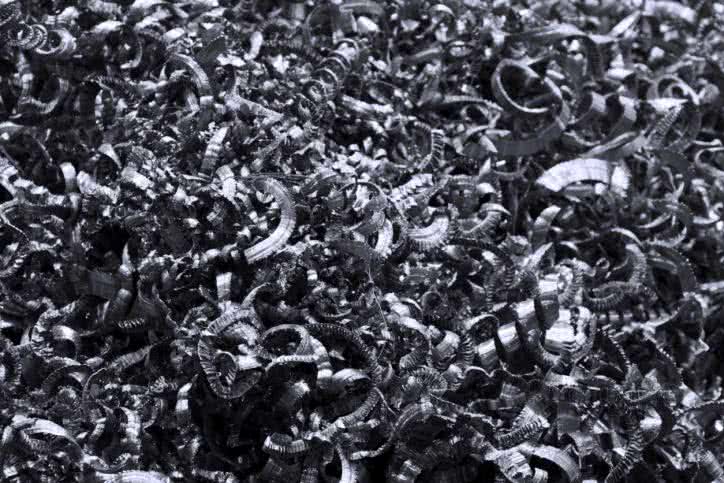

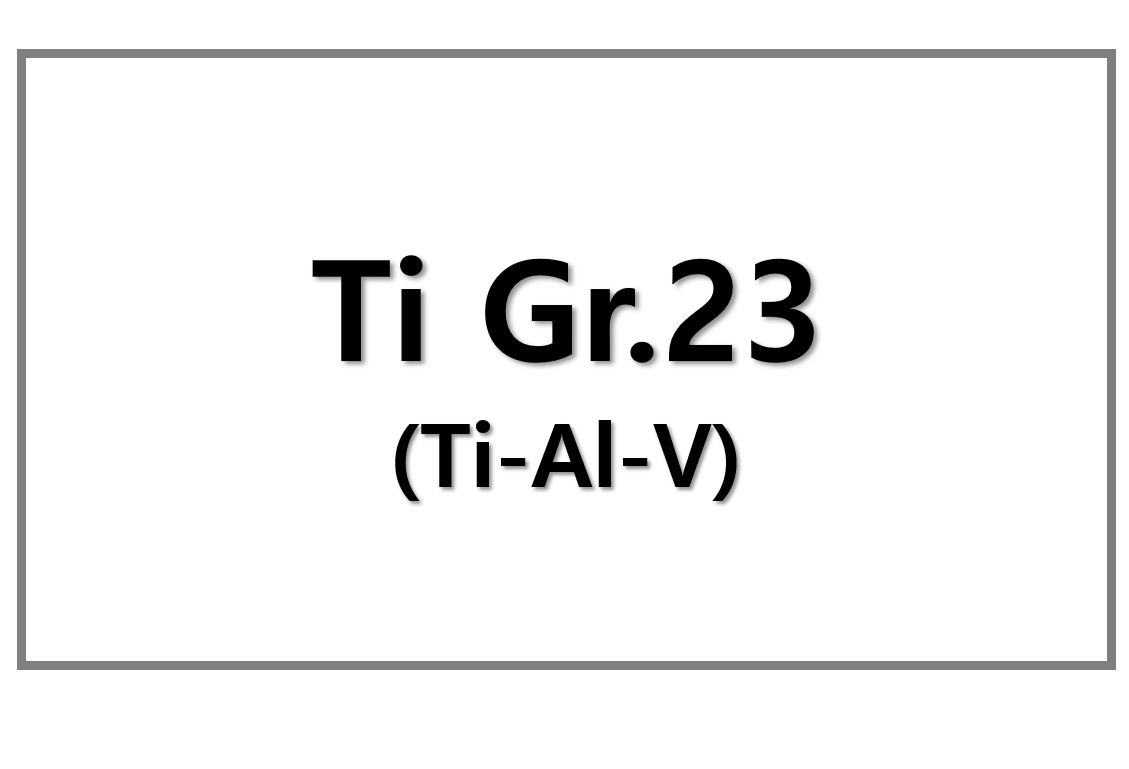
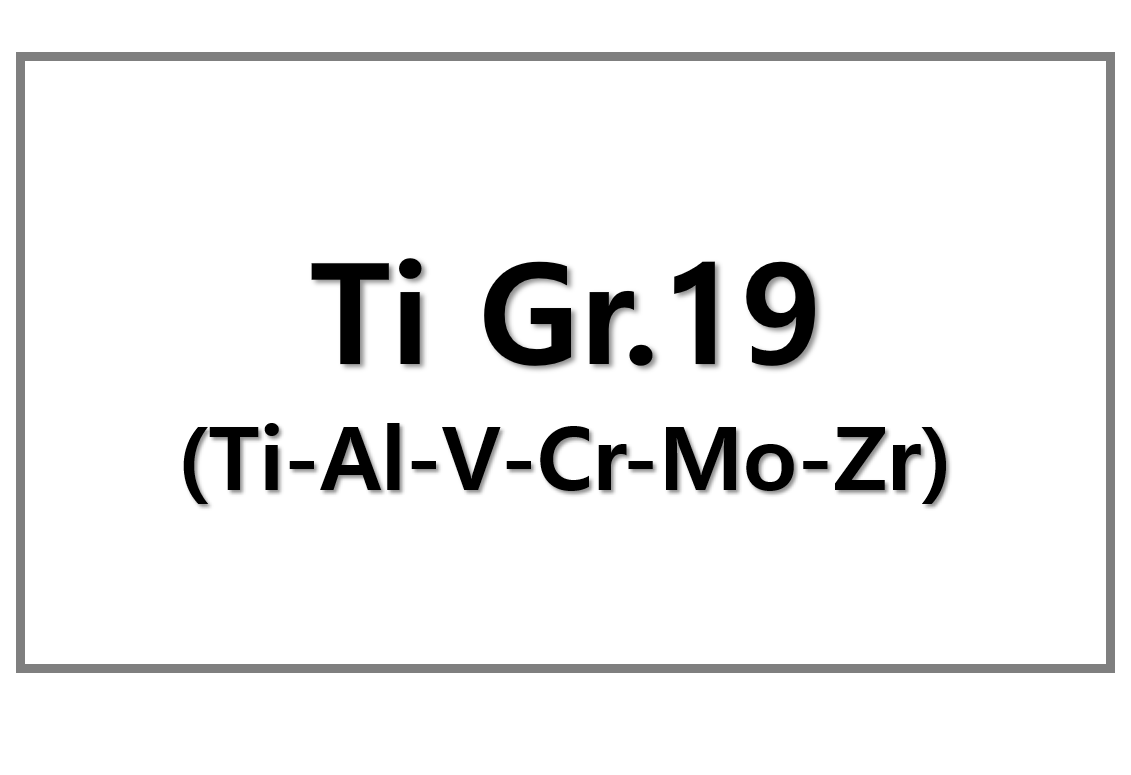
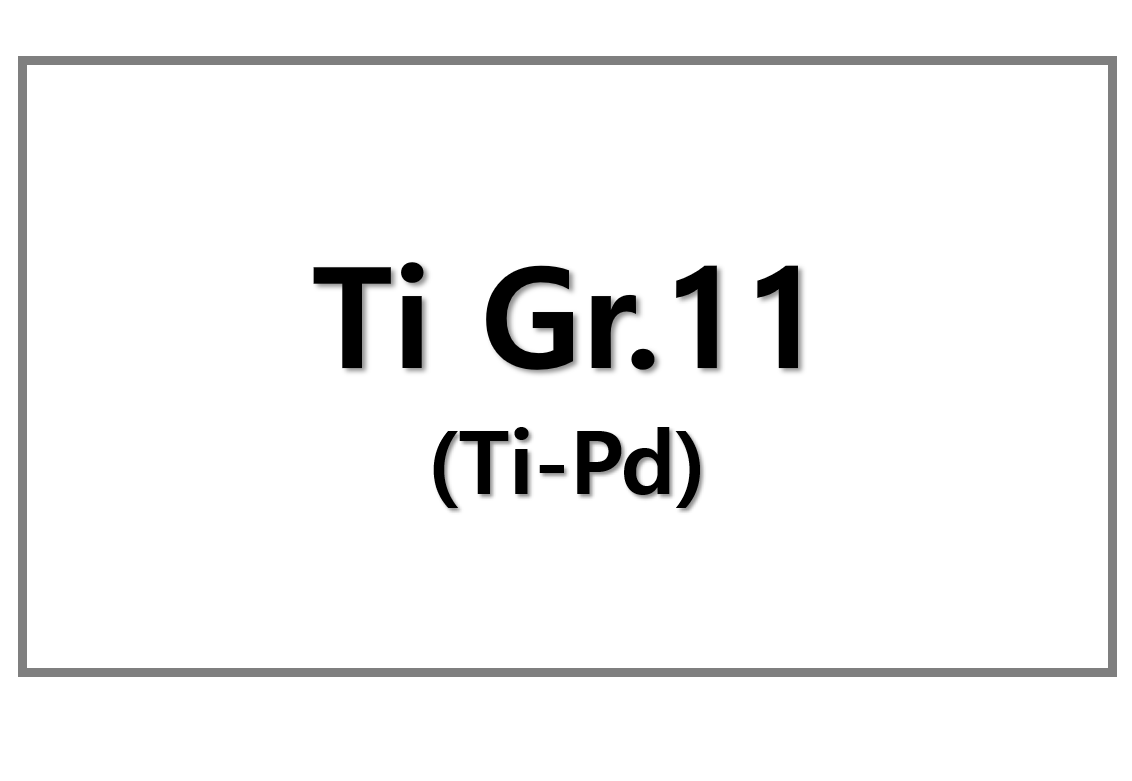

Leave a Reply
You must be logged in to post a comment.